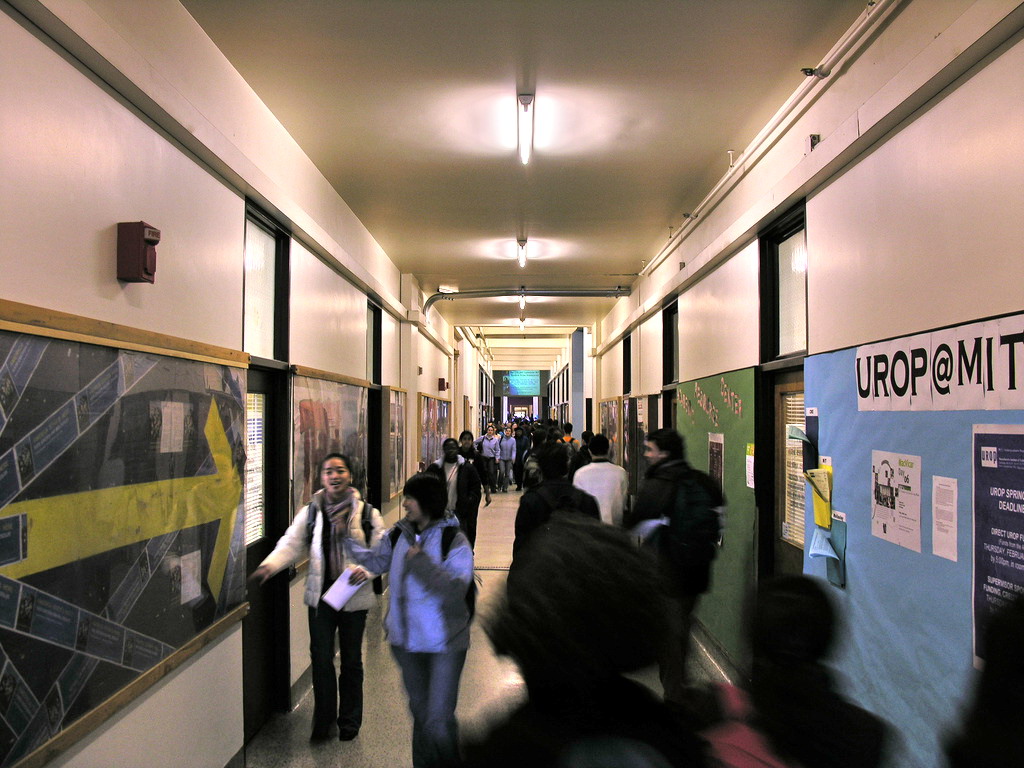The solar industry and research community has already put a huge amount of work into one or two perovskite materials that have shown potential for highly efficient solar power generation.
The term perovskite, however, refers to a class of materials with a particular crystalline structure and encompasses an enormous number – “virtually limitless” according to the Massachusetts Institute of Technology (MIT) – of possible material combinations.
Searching through them to identify materials with strong solar cell potential is, therefore, a slow process. Computer modelling can help narrow down candidates, as the University of California, San Diego’s recent work demonstrated, but for real certainty scientists must go through the painstaking process of synthesizing and analyzing materials in the lab.
Scientists at MIT say they have been able to accelerate the process by a factor of ten by developing a system that permits parallel testing of a wide variety of materials and employs machine learning to further move things along. Tonio Buonassisi, professor of mechanical engineering at MIT, said his team aims to slash development time for new energy conversion material to less than two years.
Machine learning
Popular content
Buonassisi explained most of the improvements in speed come from tracking and timing the steps involved and increasing the number of materials to be tested simultaneously. “We’re now able to access a large range of different compositions using the same materials platform,” he said. “It allows us to explore a vast range of parameter space.”
Adding machine learning techniques further reduces the time taken. The team used x-ray diffraction to observe details of a material’s structure and applied machine learning to classify the results. That, said MIT, reduced the time needed from 3-5 hours to a little over five minutes while maintaining 90% accuracy.
In the paper Accelerated Development of Perovsite Inspired-Materials via High Throughput Synthesis and Machine Learning Diagnosis – published in the journal Joule – the team described applying the process to 75 formulations, leading to the discovery of two new lead-free perovskites worthy of further investigation as potential solar cell materials.
Now, the researchers plan to make further use of automation to continue increasing the processing speed for classifying new materials. Buonassisi says another of his team’s goals is to bring about economically sustainable solar power prices of below $0.02/kWh. “All you have to do is make one material,” he says. “We’re putting all the experimental pieces in place so we can explore faster.”
This content is protected by copyright and may not be reused. If you want to cooperate with us and would like to reuse some of our content, please contact: editors@pv-magazine.com.



By submitting this form you agree to pv magazine using your data for the purposes of publishing your comment.
Your personal data will only be disclosed or otherwise transmitted to third parties for the purposes of spam filtering or if this is necessary for technical maintenance of the website. Any other transfer to third parties will not take place unless this is justified on the basis of applicable data protection regulations or if pv magazine is legally obliged to do so.
You may revoke this consent at any time with effect for the future, in which case your personal data will be deleted immediately. Otherwise, your data will be deleted if pv magazine has processed your request or the purpose of data storage is fulfilled.
Further information on data privacy can be found in our Data Protection Policy.